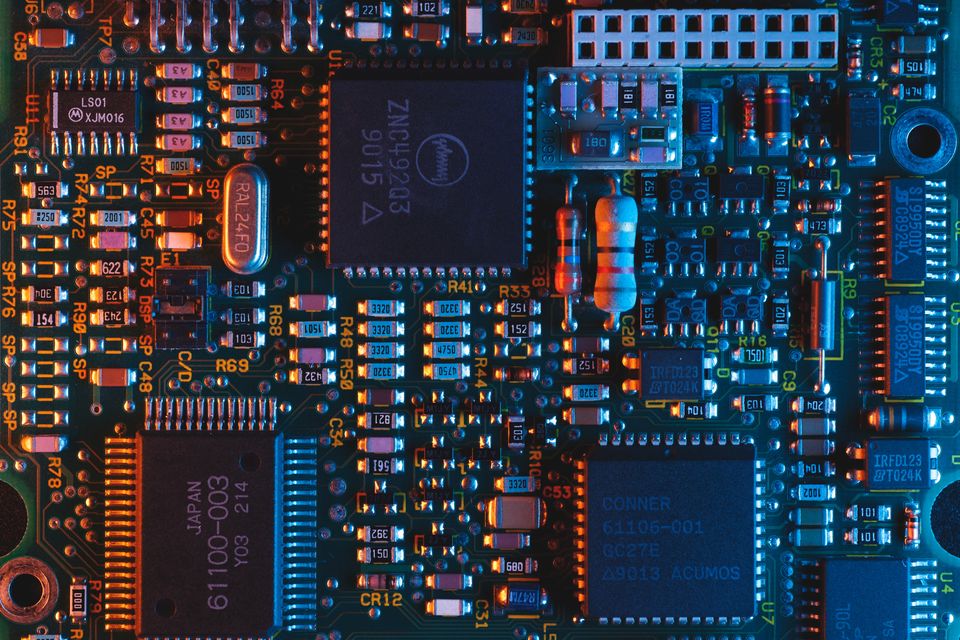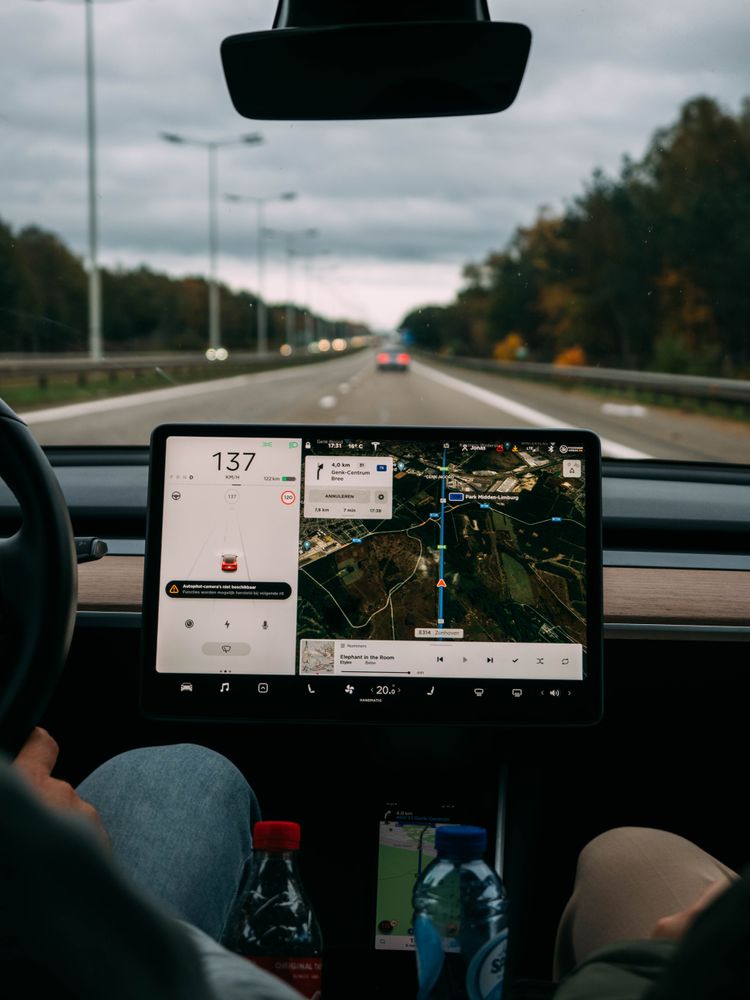The Role of Technology in Auto Insurance

Technology has advanced the auto industry immensely. From standard advancements, like collision avoidance, rear-view cameras, and blind spot detection, to insurance advancements like telematics, technology is shifting how we drive and insure our vehicles.
How Has Technology Changed Insurance?
Artificial Intelligence
The first artificial intelligence programs were invented in the 1950s and implemented in the auto insurance industry as early as 10 years later. AI has sped up the process of creating insurance estimates for customers, bringing the process down to just seconds.
It’s also fueled AI chatbot services, allowing customers to get answers to common questions without calling or waiting on hold. Now, it’s estimated that, by 2030, around 95 to 98% of new vehicles will have AI technology.
Mobile Apps
Mobile apps have also revolutionized the claims process, allowing customers to submit pictures of damages on the go. This is a convenient option for drivers, as they’re able to submit claims soon after the incident occurs. This creates more accurate claims as customers are able to remember the details of the incident more clearly.
Some insurance companies, like GEICO and Allstate, even include bonuses within their apps, like gas and parking locators.
Telematics
One of the most interesting advancements in the auto insurance industry is the rise of telematics. These small devices are installed into a driver’s vehicle directly and track data about their driving behaviors, like the rate at which they brake and accelerate, how often they drive, and how fast they go. Their capabilities are offered in app form as well, installed onto the driver’s phone and activated via the phone’s GPS.
Telematics devices allowed usage-based auto insurance to take off over a decade ago. Now, they’re becoming increasingly common throughout the industry.
Consumer Auto Insurance
For consumers, opting in to usage-based insurance may save them money. Safe drivers are rewarded with lower premiums because they carry less risk for the insurance company.
Commercial Auto Insurance
Telematics have also reduced costs for commercial auto insurance holders. Business vehicles are often exposed to greater risks than the average driver’s vehicle. This means that insurance costs can be high.
With usage-based insurance, however, telematics devices keep drivers aware of their driving behaviors, which poses less risk to insurance companies. This allows businesses to opt in to usage-based insurance, lowering their overhead costs significantly.
Pros and Cons of Technology in Auto Insurance
Technology impacts society in both positive and negative ways, including the auto insurance industry.
Pros
Increased efficiency. Technology allows auto insurance providers to optimize their processes, making much of the behind-the-scenes work more efficient. In fact, automation has made the claims process around 30% faster.
Saves consumers money. According to J.D. Power, telematics alone saved consumers $18 billion in insurance premiums in 2020.
Lower costs for insurance companies. Consumers aren’t the only ones who benefit from technology. The automation of repetitive tasks saves insurance companies from hiring excess staff, which in turn saves them money.
Safer driving. Telematics devices make drivers more aware of their driving behaviors. In some cases, this leads to safer driving, which reduces accidents on the road.
Cons
Potential for inaccuracy. As with all technology, telematics devices aren’t perfect. They can collect and share inaccurate data, which can impact the consumer’s premium unfairly.
Data privacy concerns. Telematics devices collect, store, and share an array of personal data. This raises concerns about how the data is used, who it is shared with, and how safely it is stored.
The Future of Telematics
Telematics isn’t new. In fact, it’s been around since the 1990s when Progressive Insurance launched their telematics offer. Since then, it’s grown in popularity. The number of consumers who accepted a telematics offer from their auto insurance provider rose 33% since the end of 2021, according to TransUnion.
This shift shows that consumers are becoming more comfortable with telematics, although their main motivation to implement it lies in the cost savings. Fueled by the pandemic and the inflation that followed, consumers are now in search of ways to cut back their expenses in any way they can.
As of 2023, nine of the top 10 auto insurance providers offer usage-based insurance options. And, according to a McKinsey report, the auto insurance industry will be dominated by “predict and prevent” insurance, as opposed to “detect and repair” insurance, by 2030.

